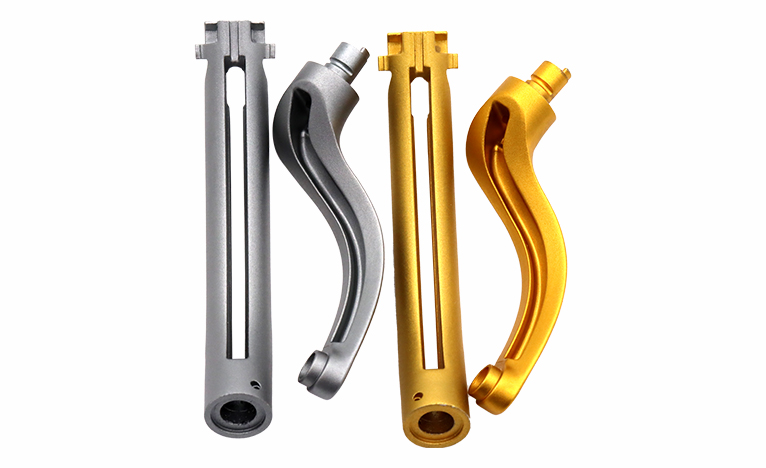Time to read: 6 min

Hot chamber die casting is an indispensable manufacturing process for creating precision metal components, particularly for metals with low melting points. This article provides a detailed exploration of hot chamber die casting, including its process, advantages, limitations, and a comparison with cold chamber die casting.
Understanding Hot Chamber Die Casting
Hot chamber die casting is a high-pressure casting technique suitable for metals like magnesium, lead, and zinc. It is characterized by an integrated furnace and die setup, which streamlines the process and reduces material wastage.
The Process of Hot Chamber Die Casting
The process involves four main steps: filling the hot chamber with molten metal, injecting the metal into the die cavity, applying high pressure for quality casting, and cooling and solidifying the metal to form the final part.
Components of Hot Chamber Die Casting
Key components include the furnace, gooseneck, nozzle, hydraulic plunger/piston, and the die itself. Each plays a critical role in the efficient and precise production of cast parts.
Advantages of Hot Chamber Die Casting
Hot chamber die casting offers several benefits, such as:
- Quick Production Cycle: The low melting point of metals and integrated furnace allow for rapid melting and solidification, resulting in high throughput.
- Cost-Effectiveness: Reduced equipment footprint and minimized material handling contribute to lower costs.
- Longer Tool Life: The molds experience less wear due to the lower temperatures involved in the process.
- Less Material Waste: The integrated setup minimizes waste by utilizing material efficiently.
Disadvantages of Hot Chamber Die Casting
Despite its advantages, hot chamber die casting has some limitations:
- Limited Material Choice: It is restricted to low melting point metals, limiting the material options for engineers.
- Not Suitable for Low-Volume Production: The high cost of die production makes it less viable for low-volume projects.
Materials for Hot Chamber Die Casting
Zinc and magnesium alloys are the most common materials used in hot chamber die casting due to their low melting points, strength, and conductivity. However, aluminum alloys are not suitable for this process due to their higher melting points.
Applications of Hot Chamber Die Casting
Hot chamber die casting is widely used in various industries, including automotive, electronics, aerospace, and decorative items, where components require precision, strength, and complex geometries.
Unofactory – Your Partner in Die Casting
Unofactory is a leading manufacturer offering high-quality die casting services. Our expert team assists you in selecting the best materials and casting methods for your specific applications, ensuring precision and structural integrity in every part we produce.
Comparison with Cold Chamber Die Casting
While hot chamber die casting is known for its speed and efficiency, cold chamber die casting offers versatility with a broader range of materials, including those with higher melting points. Each method has its own set of advantages and is chosen based on the specific requirements of the project.
Conclusion
Hot chamber die casting is a specialized manufacturing process with unique benefits for producing parts from low melting point metals. By understanding its process, advantages, and limitations, manufacturers can make informed decisions to enhance profitability and product quality.




